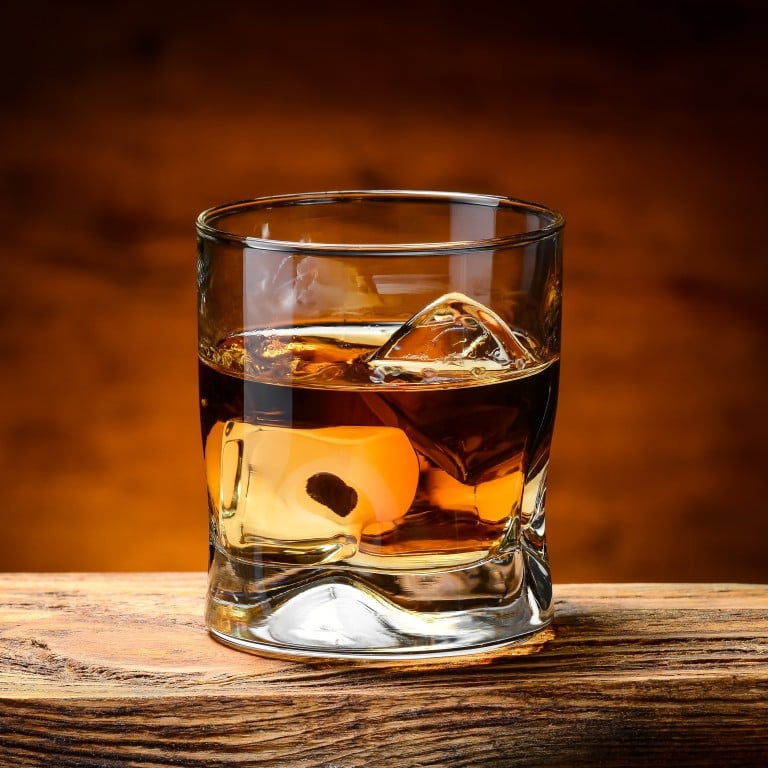
Bourbon and Tennessee whiskeys from the United States – same same but different
- While there are many similarities, there are crucial differences in production technique – and flavour
- Jack Daniel’s Tennessee whiskey was famously Frank Sinatra’s favourite tipple
American whiskeys are not created equal. There are distinct differences between them, depending on how and where they are made.
Bourbon whiskey can be produced anywhere in the United States. It is made with a mixture of grains, predominantly corn (a minimum of 51 per cent) plus barley, rye and wheat, the combination of which depends on the producer. After distillation to no more than 80 per cent alcohol by volume (ABV), or 160 proof, bourbon is aged for at least two years in newly charred American oak barrels.
When it is bottled, the finished bourbon can range from 40to 80 per cent ABV. Once bottled, bourbon is like a time capsule – its flavour profile does not change. No additional ingredients are allowed other than water. Key aroma notes are sweet vanilla, burnt caramel and oak. The best bourbons are from the state of Kentucky.
Tennessee whiskey can be produced only in its eponymous state. It is made from the same grains as bourbon and it too is aged for at least two years in newly charred oak barrels. Unlike bourbon, however, by state law the newly made spirit (which is usually about 70 per cent ABV, or 140 proof, but no more than 80 per cent ABV) mustbe filtered through a dense layer of sugar-maple charcoal in what is known as the Lincoln County Process. This removes most impurities and mellows the end product.

To make the charcoal, sugar-maple staves are dried outdoors for at least a year and burned in a fire ignited using raw whiskey. Once cooled, the charcoal is put into an old barrel and the raw whiskey slowly filtered through it using gravity, which can take three to seven days. After ageing, Tennessee whiskey is bottled at a minimum of 40 per cent ABV. In addition to water, Tennessee distillers are allowed to add colouring and/or flavouring (usually caramel) at up to 2 per cent by volume. The key flavour notes of a Tennessee whiskey are a distinct sweetness and smoky hints of charcoal.
When a researcher at the University of California, Davis, called Tom Collins (yes, really), began examining the aroma and flavour chemistry of wine in oak barrels, he found himself sidetracked by the flavour chemistry of whiskey in oak barrels. He discovered more than 4,000 non-volatile compounds in just 60 whiskeys ranging from two to 15 years old. He also found bourbon chemistry was different to that of Tennessee whiskey owing to varying concentrations of fatty acids and tannins.
Bestselling Tennessee whiskey Jack Daniel’s is the oldest distillery in the US and the first to be registered, in 1866. Famous fan Frank Sinatra was introduced to Jack Daniel’s in 1947 by comedian Jackie Gleason. When the singer couldn’t decide what to order in a New York bar, Gleason is said to have advised him, “Jack Daniel’s. That’s a good place to start.” It became Sinatra’s signature drink and, after he died, a flask of Jack Daniel’s was in his jacket pocket when he was laid to rest.

